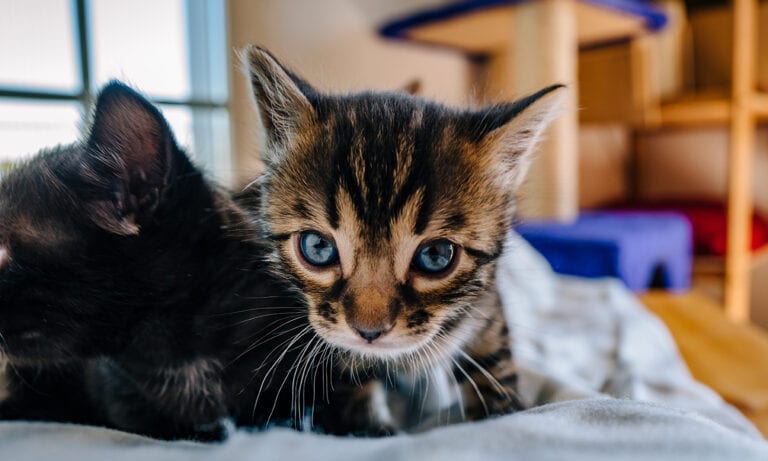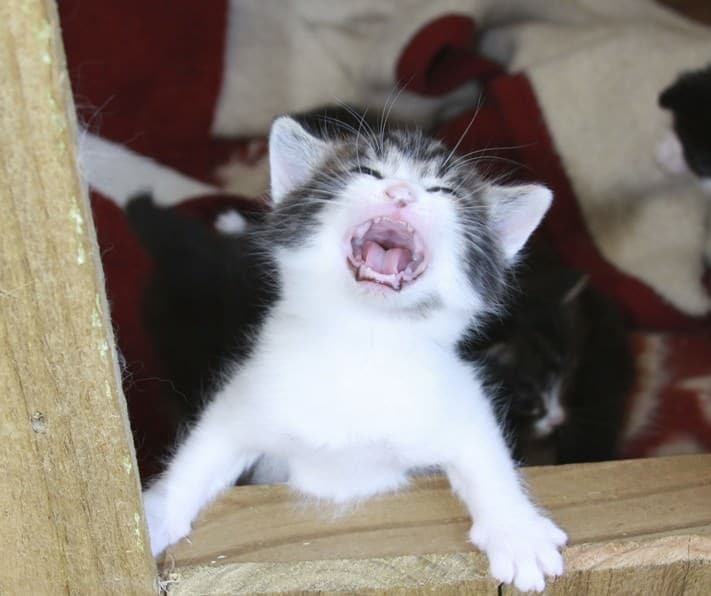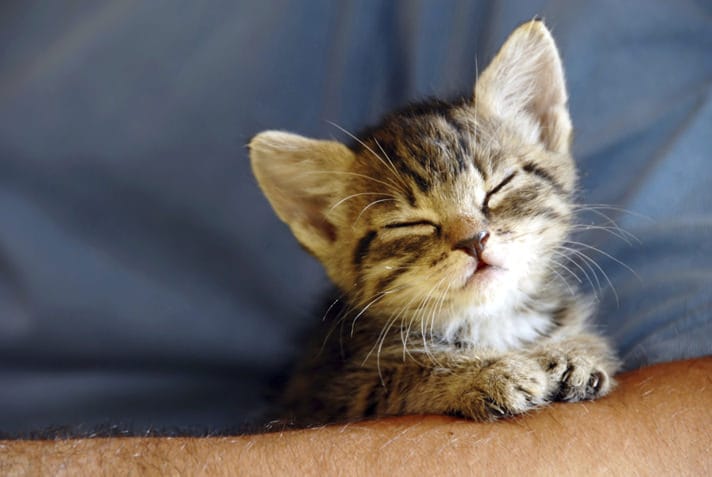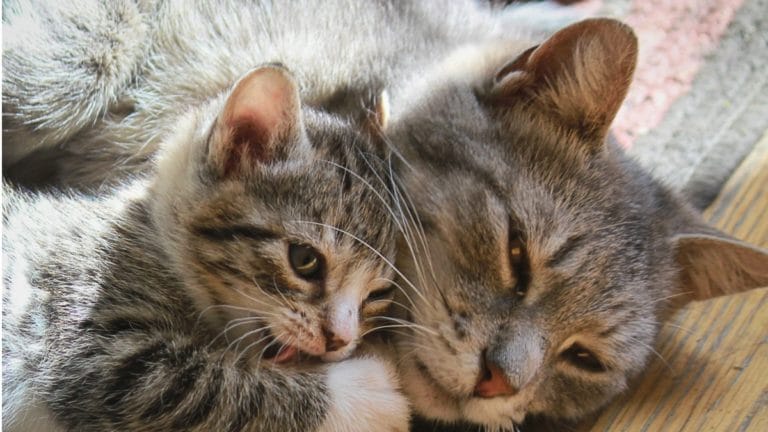Q.
I have a 13-year-old female cat named Angie and a 1-year-old male cat named Tony I adopted a few months ago. Sometimes the older cat swats at the younger cat when he is nearby, but, mostly, the younger cat chases the older cat. This doesn’t always happen. At times, the two cats lie together on the bed and take naps. The younger cat does like to wait behind doors and then jump out, pounce on and chase the older cat. The older cat starts screaming and hides under the bed.
A.
The difference between the cats’ ages is at the root of the problem. Angie, being a senior cat would rather nap, undisturbed, then play. Tony wants to play and roughhouse — normal behavior for kittens and young adult cats. Unfortunately, neither cat is having their needs met by the other.
You can help change your young cat’s behavior toward your older cat by engaging your young cat in play and providing both cats stimulating cat toys. Play with your young cat at least twice a day, in a way that imitates the hunt. Pretend that the toy at the end of the pole is a little animal. Make sure to pull it away from the cat — prey never runs towards the predator. When you are ready to stop playing, slow down the movements of the toy and finally let your cat catch it one last time. Immediately feed him a substantial meal. He will eat, groom and then go to sleep. (Note fishing pole toys should only be available to cats when someone can supervise.) The best times to play with your cat are mornings and evening. Cats are usually the most active at these times.
In addition to the frequent play sessions, provide a variety of interactive cat toys for both cats to play with and high places for the cats to climb. Ball and tract toys, puzzle boxes and other toys will help keep both cats stimulated. Vertical territory, such as cat trees and towers, shelves and window cat perches will focus Tony away from Angie while providing Angie places to perch and nap.
Try clicker training for cats, a science-based training system will help keep Tony from being bored. It will also mentally stimulate him and it’s fun for both the cat and the teacher/trainer.
By: Marilyn Krieger, CCBC
Featured Image: bellena/Shutterstock.com
Share:









